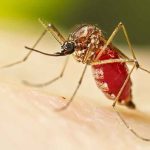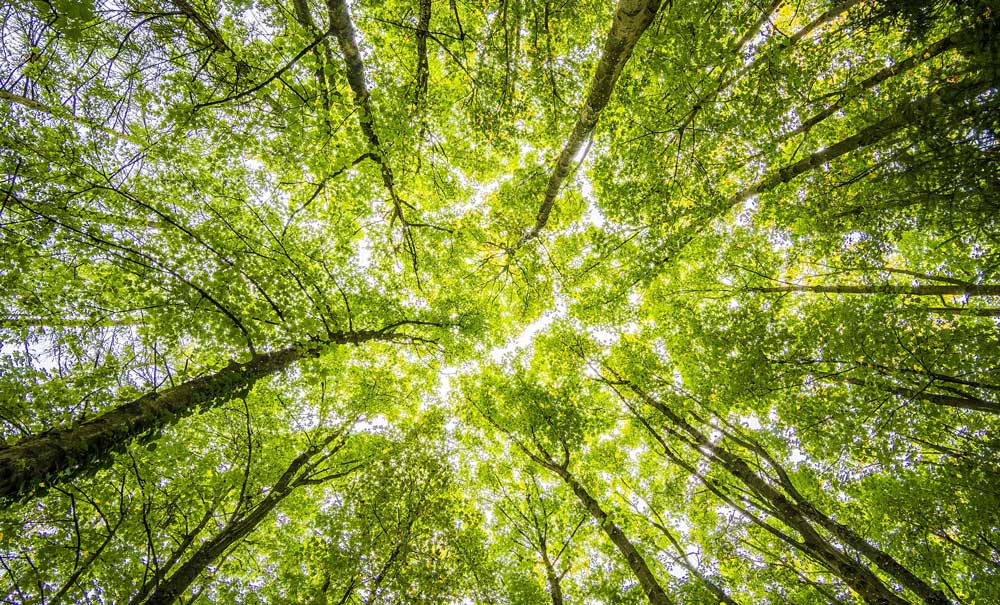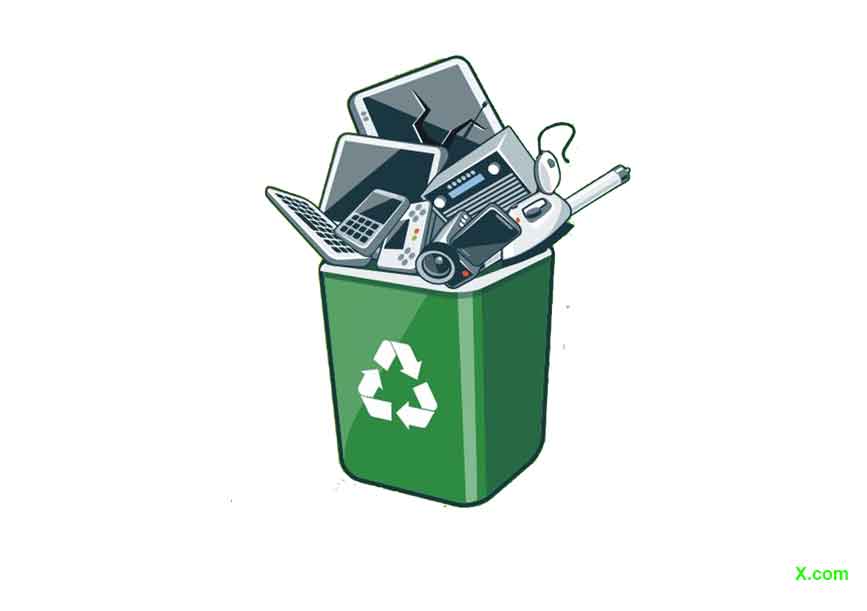N. Munal Meitei
Environmentalist, email – numall@yahoo.in

Everybody has seen the impact of the recent cyclone Remal (sand) killing nearly hundred people, damaging thousands of houses and millions of people homeless all over the Eastern India including Manipur. This is a vivid example for why we are to celebrate “World Environment Day”. In the universe there are billions of galaxies and in our galaxy there are billions of planets. But there is only one earth and how long we will survive on earth will depend on the way we act today for the environment.
WED is the biggest worldwide function wheeled on June 5 since 1972 with this years theme “on land restoration, desertification and drought resilience” under the slogan “our land, our future”. This initiative guides for a greener future.
All nations grapple with repercussions of climate change, WED serves as a catalyst for a renewed planet free from desertification and water scarcity. Up to 40% of the world’s land is degraded, affecting 4.1 billion people and jeopardizing around half of global GDP (₹3696 trillion). Since 2000, the frequency and length of droughts have increased by 29% impacting over 75% of the global population.
Between now and 2030, the restoration of available 350 Mha of degraded land could generate ₹657 trillion in ecosystem services and remove 25 gigatons of greenhouse gases. Land restoration can reverse the creeping tide of land degradation, desertification and drought.
When we act to reduce greenhouse gases, people think it’s at the cost of economy. Here, every country looks through a wrong lens. But the truth is if we save climate today, it will be our economic opportunity tomorrow. The economic benefits of such interventions exceed 9 times the cost of investment, whereas inaction is 3 times more costly than ecosystem restoration.
Every rupees invested in restoration can bring back ₹2520 in ecosystem services. Restoration boosts livelihoods, lowers poverty and builds resilience and slows climate change. Restoring just 15% of land could avoid up to 60% of expected species extinctions.
Climate action is not for reducing emission but for choosing a path for new development and future job creation. We are at the crossroad. Our decision today will make the earth livable. If we don’t take action, mankind also may extinct from the planet.
Environmentalism is an appreciation of the natural world and its future. If humanity is to survive with semblance of quality enjoyed today, all of us need to act quickly to limit and reverse anthropogenic climate change and environmental destruction.
Climate change is the main driver of environmental degradation with all-time maximum temperatures recorded this year. Much of the world felt the impacts, not just in heat but flooding, melting glaciers, rise in sea levels and also flash floods, hurricanes, wildfires, drought, excessive snow or desertification. Globally, according to Prof. Schellnbur of Germany, climate change added equal heat of 4 atom bombs of 15 kilotons each second. The rainfall in the state is around 1435 mm. But our state suffers a great variation of rainfall in all districts causing much hardship.
Restoring land without tackling climate change would be like giving prescription without buying medicines. Thus every nation should take pivotal role to fight back climate change. Our state need for immediate restoration of all poppy and jhum affected areas.
Wetlands are keys to human survival. Wetland store twice CO2 as whole forests store. In India, 11.4% of geographical areas are wetlands. Manipur has 2.37% as wetlands and our faunal richness is10.80% of the country while our area is only 0.7%. We had more than 500 lakes in 1900 but now with 17 lakes only.
Pollution level in Manipur is challenging. In the state, 36200 vehicles were registered during 2020-21. When 1 litre of petrol is brunt, 3 kg moles of CO2 are emitted. In a land-log state like Manipur when pollution level is higher, cyclone, erratic rains, cloud brush, flash flood and drought started.
Water is the most precious gift of God. Human body and civilization flourish from water. If a 3rd war happens to be, that will be the war for water. But due to rampant felling in catchments, our state is now facing with acute water scarcity.
Soil is skin of earth and it store 3 times CO2 in atmosphere and 2 times in forests. 60% of rain water store in soil and it’s more than total water we saw on ponds, lake and rivers. Though, soil plays an important role, due to mismanagement and massive deforestation, soil erosion, frequent landslides are very common in Manipur.
The planet is now harbouring with 8.2 billion people @ 5 birth, 2 died and resultant growth of 3 person per second adding 9.5 crore annually. Overpopulation is a crucial environmental problem and when scientifically calculated, the maximum population the earth can support is 10 billion only. India overtake China in April 2023 as the most populous country with1.43 billion showing one person in five on earth as Indian. Rapid population growth and unplanned urbanization is an environmental impact in Manipur.
Natural resources that we consumed are again replenished by mother earth. But due to over consumption, earth is exhausted and hence mankind will require 2 earths by 2030. Over exploitation and habitat destruction are serious challenges in Manipur.
The waste production is a major threat. An average person produces 1.8 kg waste per day. As per CPCB, during 2020-21, Manipur produce 282.3 tons waste daily polluting the environment.
The planet consumes 5 trillion plastic bags – that’s 20 lakhs a minute – 75 kg per person annually. If these plastics are put one after another they could go around the earth 7 times every hour and can cover half of India. According to WWF, an average person ingested approximately 5 grams of plastic every week. Plastic pollution has changed the dress of Rivers in Manipur.
20% earth’s oxygen is produced by forests. Every minute, forests to the size of 20 football fields are cut with 14 billion trees per year. By 2030, the planet might have only 10% of its natural forests and all forests on the planet might be gone in the next 100 years. One ton of carbon is stored by a tree and gives out oxygen for 10 people. In 2023, Manipur lost 13.9 kha of natural forests equivalent to 7.97 Mt of CO2 emissions.
Biodiversity loss is another challenge. Species lost worldwide is to the tune of 3 species per hour and our maximum species might be extinct by 2100. The oceans absorb 25% of all human CO2 emissions. Due to climate change, ocean acidity is expected to increase by 150% in 2100. If so, all the sea creatures including plankton which produces 65% of all earth’s oxygen will be extinct.
A third of the food that human consume – around 1.3 billion tons – is wasted every day which will be not only enough to feed 3 billion people but that emit 4.4 gigatons of greenhouse gas. Manipuri style of feast is wasting too much food challenging environment.
Trees and forests are a critical part of land restoration, desertification and drought. Therefore on coming World Environment Day, 2024, let’s plant trees to protect and conserve our environment.













